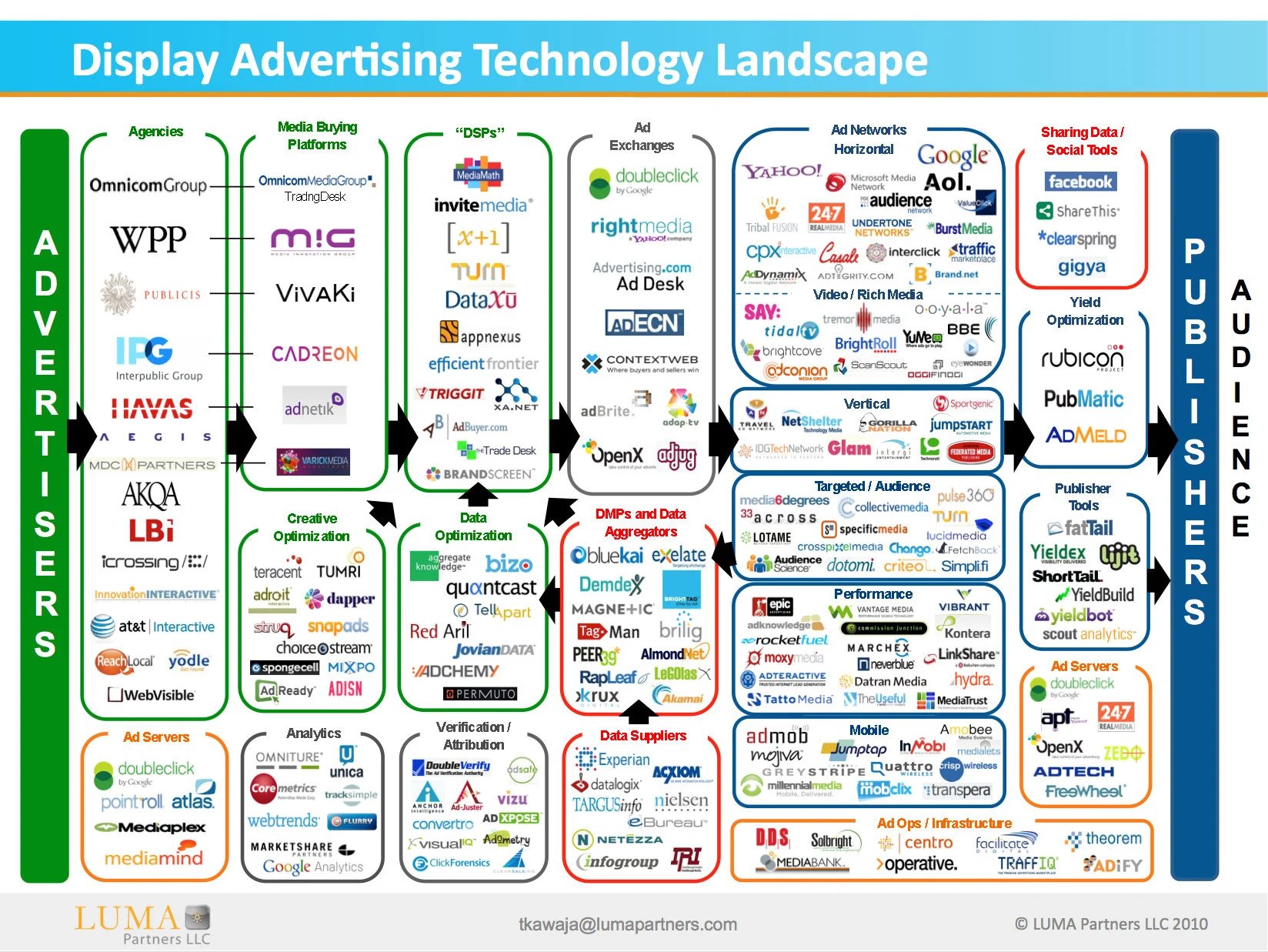Advertising plays a pivotal role in the modern world, shaping the way we perceive products, services, and brands. The advertising ecosystem is a complex and dynamic network of players and technologies that work together to create, deliver, and measure the impact of advertisements. In this article, we'll delve into the key components of the advertising ecosystem and explore how they interact to influence our daily lives.
Advertisers
Advertisers are typically companies or individuals looking to promote their products, services, or ideas. They create advertising campaigns with specific goals in mind, such as increasing brand awareness, driving website traffic, or boosting sales.
Advertising Agencies
Advertisers sometimes employ the help of agencies—the creative brains behind many campaigns. They develop ad concepts, design visuals, write copy, and strategize how and where to place advertisements to reach the target audience effectively.
Publishers
The media platforms where ads are displayed are generally managed by publishers. This can range from traditional outlets like newspapers and magazines to digital spaces like websites, social media platforms, and mobile apps. Publishers generate revenue by selling ad space to advertisers or by participating in ad networks.
Ad Networks
Ad networks serve as intermediaries between advertisers and publishers. They aggregate ad inventory from multiple publishers and offer it to advertisers, often using programmatic advertising technologies. Ad networks help advertisers reach a wider audience by distributing their ads across various publishers and platforms.
Ad Exchanges
Ad exchanges are digital marketplaces where ad inventory is bought and sold through real-time auctions. Advertisers and publishers can use ad exchanges to optimize their ad placements based on factors like audience targeting, ad format, and budget constraints.
Data Management Platforms (DMPs)
DMPs are tools that collect, store, and analyze data that helps advertisers make informed decisions. Data insights help advertisers understand their target audience, refine ad targeting, and measure the effectiveness of the campaign.
Ad Servers
These are the technology platforms that deliver the ads to users’ devices. They also track ad impressions, clicks, and other engagement metrics. Ad servers ensure that the right ads are displayed to the right users at the right time.
Advertisers’ Landing Pages
Once users click an ad, they are often directed to a specific page on the advertiser’s website. These landing pages are carefully designed to provide more information about the product or service to encourage users to take certain actions, such as making a purchase or signing up for a newsletter.
Ad Measurement and Analytics
Measuring the success of advertising campaigns is crucial. Various tools and platforms provide advertisers with data on the performance of their ads, including metrics like click-through rates (CTR), conversion rates, cost per acquisition (CPA), and return on ad spend (ROAS). This information helps advertisers optimize their strategies and allocate their budgets more effectively.
Regulatory Bodies
To ensure fair and ethical practices within the advertising ecosystem, regulatory bodies and industry associations, such as the Federal Trade Commission (FTC) in the United States and the Interactive Advertising Bureau (IAB), establish guidelines and regulations that advertisers, publishers, and agencies must follow.
Multifaceted and interconnected; this advertising ecosystem is a wide range of players. From advertisers and agencies to publishers and technology providers, all are working together to create and deliver effective advertising campaigns in today’s digital age.





